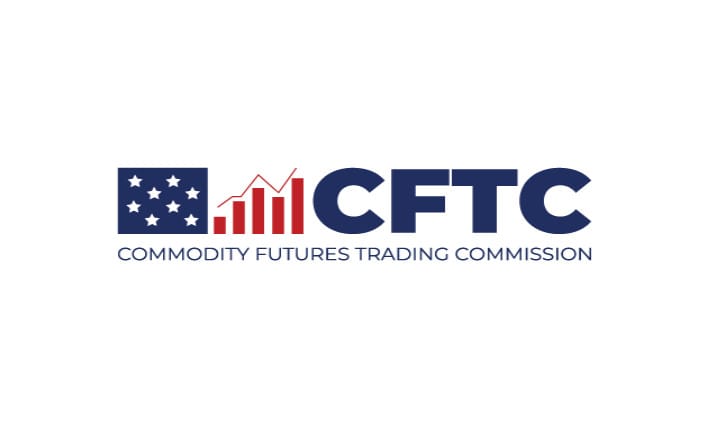Inflation Alert! In 2022, consumer credit increased 7.8 percent, with revolving & nonrevolving credit increasing 14.8 percent & 5.6 percent, respectively. During the fourth quarter, consumer credit increased at a seasonally adjusted annual rate of 6.5%
Source: https://www.federalreserve.gov/releases/g19/current/default.htm

Examples of revolving credit: credit cards--is a type of credit that can be used repeatedly up to a certain limit as long as the account is open and payments are made on time.
Examples of non revolving credit: student loans, auto loans--things that can't be used again once they have been repaid.



Footnotes
- Covers most credit extended to individuals, excluding loans secured by real estate. Includes receivables carried on the balance sheet of the institution as well as outstanding balances of pools upon which securities have been issued; under the current accounting rule, most of those balances remain on the balance sheets of the loan originator.
- The series for consumer credit outstanding and its components may contain breaks that result from discontinuities in source data. Percent changes are adjusted to exclude the effect of such breaks. In addition, percent changes are at a simple annual rate and are calculated from unrounded data.
- Includes motor vehicle loans and all other loans not included in revolving credit, such as loans for mobile homes, education, boats, trailers, or vacations. These loans may be secured or unsecured.
- Flow data represent changes in the level of credit due to economic and financial activity, and exclude breaks in the data series due to changes in methodology, source data, and other technical aspects of the estimation that could affect the level of credit.
- Interest rates are annual percentage rates (APR) as specified by the Federal Reserve's Regulation Z. Interest rates for new-car loans and personal loans at commercial banks are simple unweighted averages of each bank's most common rate charged during the first calendar week of the middle month of each quarter. For credit card accounts, the rate for all accounts is the stated APR averaged across all credit card accounts at all reporting banks. The rate for accounts assessed interest is the annualized ratio of total finance charges at all reporting banks to the total average daily balances against which the finance charges were assessed (excludes accounts for which no finance charges were assessed).
- Covers most of the captive and non-captive finance companies. The series of finance company new car loan terms included in previous releases are discontinued. They remain available from the Data Download Program.
- Includes student loans originated by the Department of Education under the Federal Direct Loan Program and the Perkins Loan Program, as well as Federal Family Education Program loans that the government purchased under the Ensuring Continued Access to Student Loans Act.
- Includes student loans originated under the Federal Family Education Loan Program and held by educational institutions and nonprofit organizations.
- Includes student loans originated under the Federal Family Education Loan Program and the Direct Loan Program; Perkins loans; and private student loans without government guarantees. This memo item includes loan balances that are not included in the nonrevolving credit balances. For additional information, see public documentation. Data for this memo item are released for each quarter-end month.
- Includes motor vehicle loans owned and securitized by depository institutions, finance companies, credit unions, and nonfinancial business. Includes loans for passenger cars and other vehicles such as minivans, vans, sport-utility vehicles, pickup trucks, and similar light trucks for personal use. Loans for boats, motorcycles and recreational vehicles are not included. Data for this memo item are released for each quarter-end month.
All in the background of low Personal Savings:

TL:DRS - Folks are tapped out and turning to credit to get by as costs continue to increase :(


